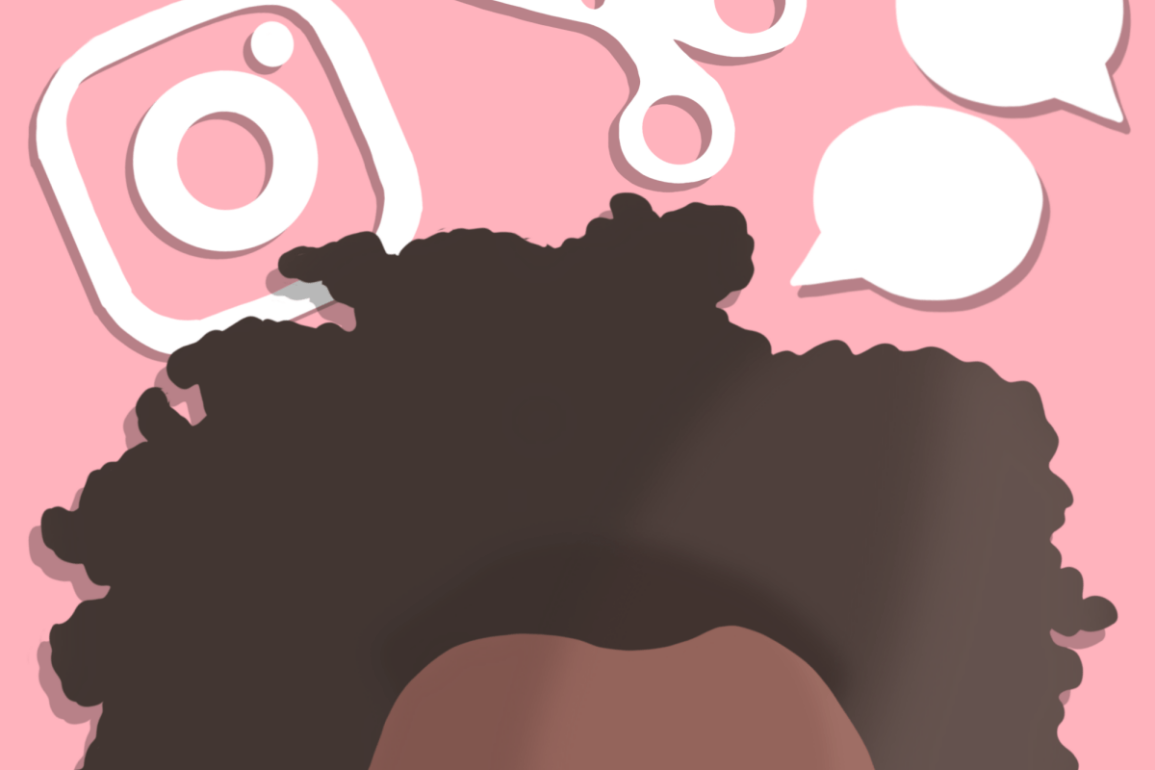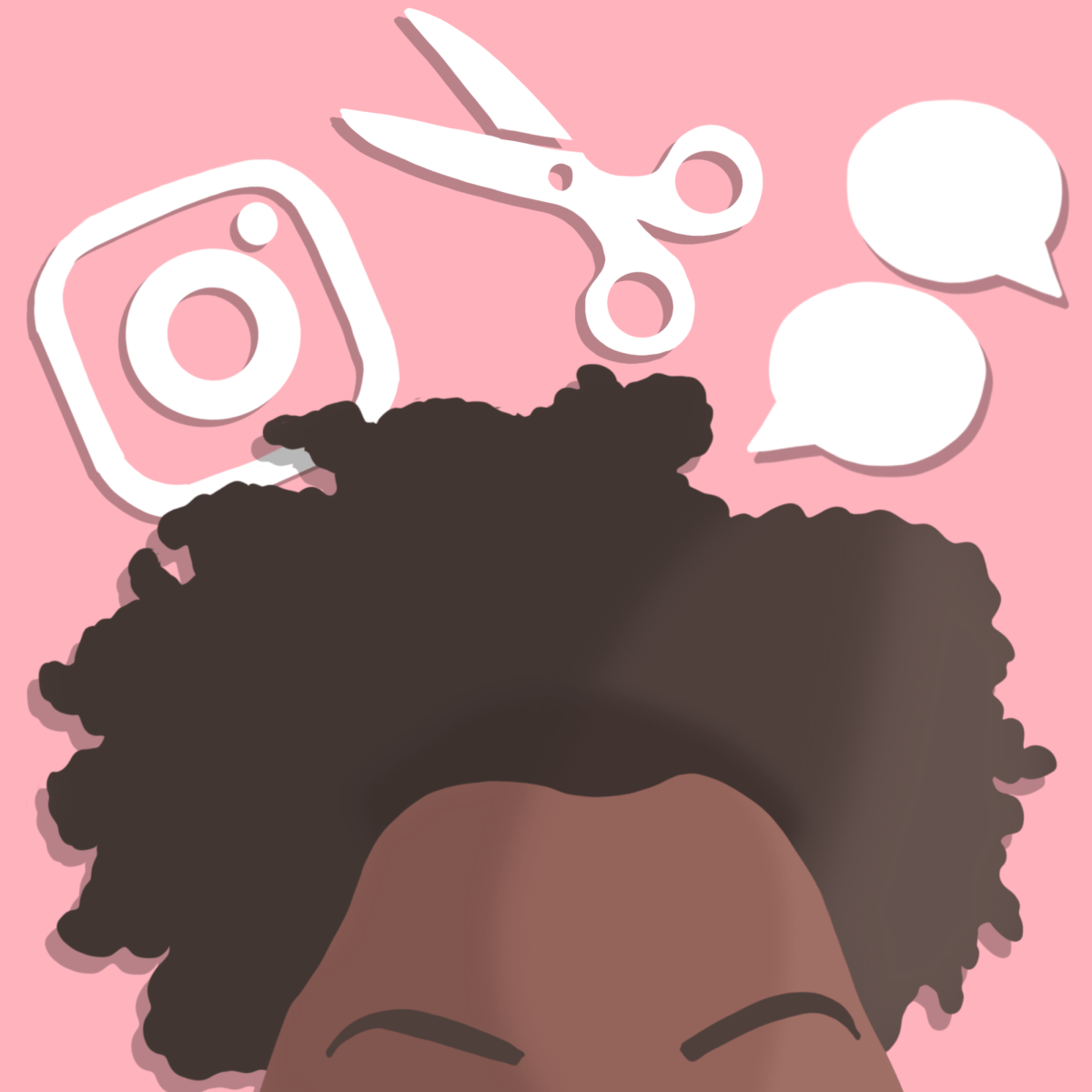My journey with my hair has been a long one. From being in the salon chair every couple of weeks getting texturizers, to a horrible perm that made my hair fall out, deciding to go natural wasn’t a hard decision.
Before cutting my hair, I was embarrassed about how fried my ends looked compared to my roots and how my hair was uneven in certain areas. I decided to cut off all of my damaged hair in the summer of 2017. It was a struggle for me to get used to having very short hair going into the school year. It started the love-hate relationship that I had with my natural hair.
According to a study conducted by Arizona State University, even Black girls as young as 10 years old have had negative experiences — like being expelled from school or teased — just because of their hair. Kids shouldn’t have to worry about that.
The natural hair movement has been re-energized since the 1960s to now. Iconic stars like Nina Simone and Lauryn Hill rocked the natural state of their hair for years. Each style is unique to each person, from a wash-and-go to the fluffy braid-out that took years to perfect. The movement taught Black women to love our hair, but it also taught us the self-hatred of it all. It has made us feel we should look a certain way.
I used to love to look up style inspirations from icons like Tracee Ellis Ross and learn hairstyles like knotless braids and faux dreadlocks. I would try them, but always ended up hating how my hair looked and wishing I had a different texture of hair.
Natural hair is always a highly contested topic, from stories on news channels to casual conversations with friends. Social media has made this movement about perception through screens. People judge each other on how big their hair looks or the color and curl pattern.
Kristin Rowe, assistant professor in the department of American Studies at California State University, Fullerton, believes that the natural hair movement that was strongly influenced by civil rights, but has now become more complex. It’s essential to look at it from different perspectives.
Racist comments can make people uncomfortable with their hair decisions. Like in 2015, Fashion Police host Giuliana Rancic said that the dreadlocks Zendaya was wearing must have smelled of “patchouli and weed.”
People just want to be respected by their peers, despite how their hair looks. But Black people face microaggressions about their hair everywhere, especially in the workplace. In 2022, the CROWN Act was passed, codifying protections against hair-based discrimination in the workplace.
A report by the Economic Policy Institute showed that “Black women with coily or textured hair are also twice as likely to experience microaggression at work as Black women with straighter hair.”
From personal experience of having my hair be the topic of conversation at work, I was uncomfortable and felt singled out. The workplace shouldn’t be a place where we feel the most microaggressions.
There is still a bias about the types and styles of natural hair worn by people of color. People think that certain styles can’t be seen as conventially attractive in society.
According to the Good Hair Study, “Black women perceive a level of social stigma against textured hair, and this perception is substantiated by white women’s devaluation of natural hairstyles.”
I have had white people ask me pretty crazy questions about my hair. Instead of taking offense to the questions, I just educate them on what I do with my hair.
I believe I am perceived differently with each hairstyle I do. It lets me show the different side of my personality, from the fresh knotless braids making me feel creative, to the coily wash-and-gos which leave me feeling fresh.
This post was originally published on this site be sure to check out more of their content.








